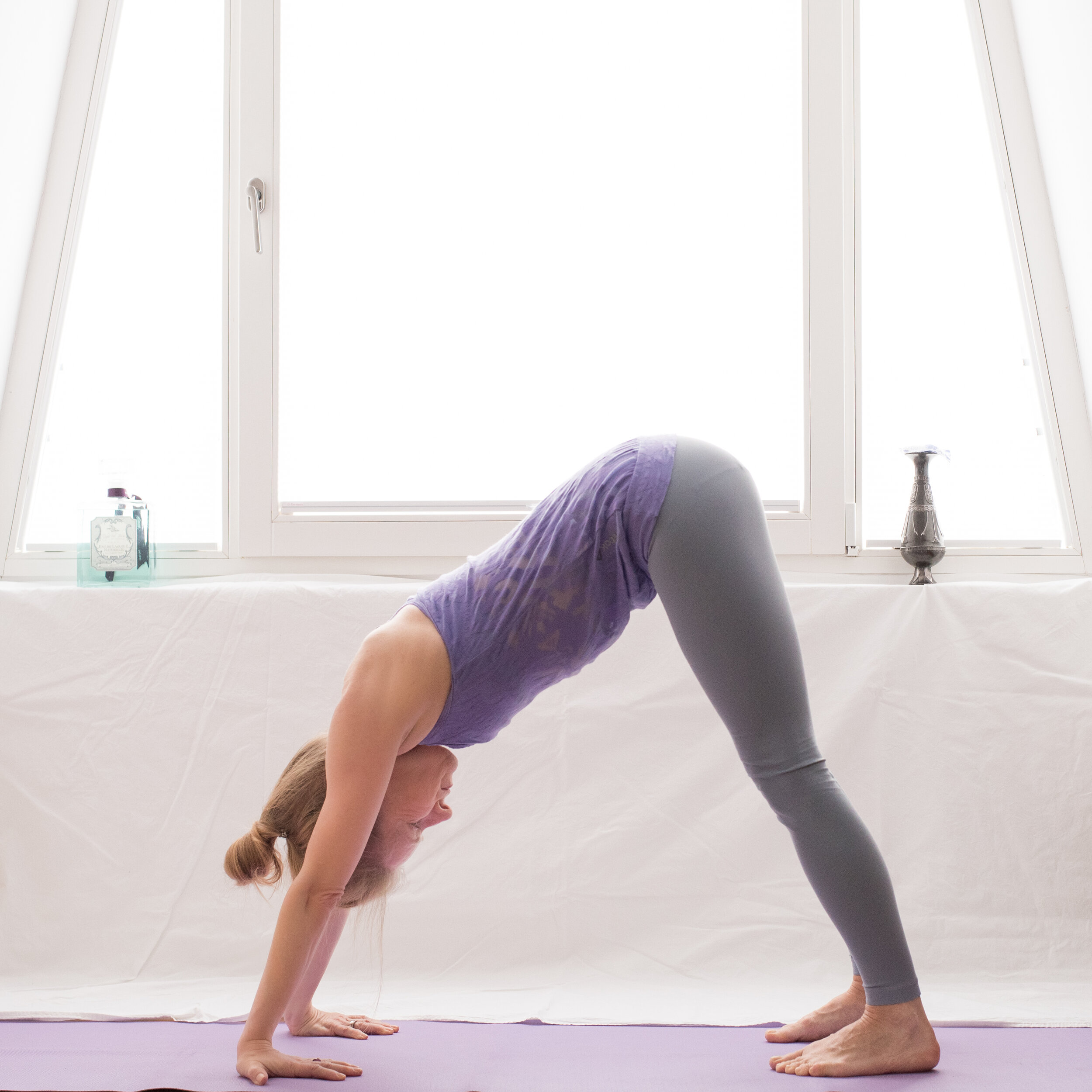Embrace discomfort
Bakasana, Nov 2020
Since more than a decade I tried to eliminate all possible discomfort. I realize that it’s not possible. Discomfort comes, discomfort goes. Then something else arises at the horizon that isn’t pleasant.
I remember my pranayama teacher from India. He told me that he showers cold every day, even though warm water is available. He prepared himself for the times when warm water was not available.
We can learn to live with discomfort. Then it becomes easier to bear. An example: When I feel the stretching I focus also on the breath. I keep breathing evenly. This helps to relax despite the stretching discomfort.
Simply observing what happens is another method. With time we can learn to distinguish different sensations in the body. We might get closer and closer to our limits.
Discomfort helps us to learn and to grow:
A cold shower in the morning strengthens the immune system.
Taking the steps instead of the elevator is good for the heart.
Preparing meals is time-consuming, but healthier as the meals in restaurants.
The more often we face a difficult situation the easier it becomes to handle this situation.
Today I wanted to omit bakasana with straight arms. I’m not able to do it, I thought. But I tried it. It was not easy to move forward. I did it. When I saw the picture I loved it. Never before my arms were stretched like in the picture. This gives me self-confidence.
My lesson for today: Don’t avoid discomfort. Start easy. With time it becomes more and more satisfying to go through difficult situations. That’s how we learn.
Sitting on the sofa all day long is not really inspiring.
Keep practicing. Stay open for surprises.
Bakasana
One of the counter poses of the back bending asana is bakasana. It’s exercised after all these demanding back bending asanas of the second Ashtanga Yoga series. Sometimes I do first baby pose before practicing bakasana. It’s more relaxing. I usually don’t omit bakasana. It’s a balancing pose. Strength is required. The goal is to stretch the arms. I think they are already more stretched than ever. It’s important to engage the pelvis floor and the abdomen to create a light body. This pose improved because I stretched the wrists. Reverse dog is part of the gravity training. It’s an intensive stretch, but doable. The fingers point to the toes and not forward. When stretching the arms the body moves forward in order to balance. Strong and flexible wrists must allow this movement. It’s possible to exercise the wrists separately I reverse dog for instance.
Bakasana is often a transition asana. Progress doesn’t come overnight.
Keep practicing.


